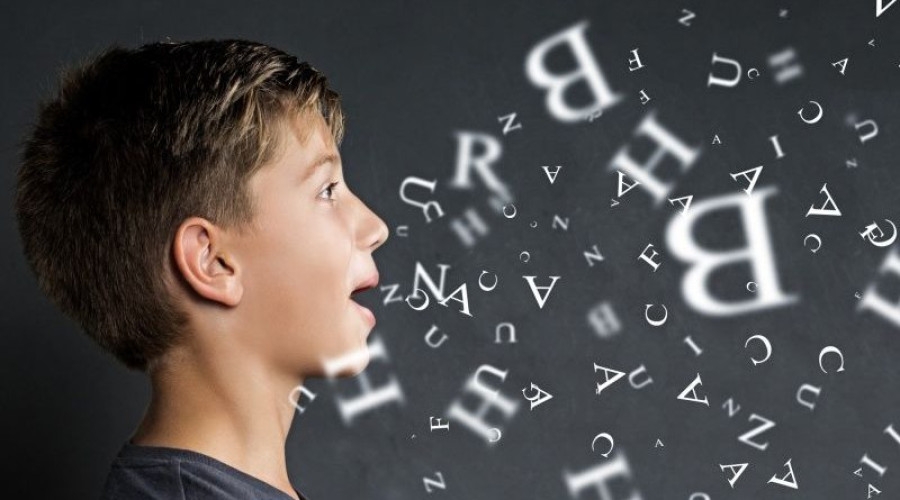Помощь психолога при заикании

Stuttering in children is a disorder of the tempo-rhythmic aspect of speech, caused by repeated spasms in the speech apparatus (articulatory, vocal, or respiratory systems). Stuttering is characterized by "sticking" on individual sounds, their involuntary repetition, as well as accompanying movements, speech tricks, logophobia, and autonomic reactions. Diagnosis and treatment of stuttering require examination by a neurologist, speech therapist, psychologist, and psychiatrist. Correction includes therapeutic and health procedures (regimen, massage, hydrotherapy, physical therapy, psychotherapy) and speech therapy sessions.
Causes of Stuttering
Predisposing Factors
- Heredity: congenital weakness of the speech apparatus.
- Neuropathic Constitution: such children often exhibit enuresis, night terrors, increased anxiety, and sensitivity.
- Intrauterine CNS Damage: perinatal brain damage caused by pregnancy toxicosis, hemolytic disease, hypoxia, asphyxia during birth, and birth injuries.
Producing Factors
The processes of cortical maturation and the formation of functional asymmetry usually complete by age 5. Excessive exposure to stimuli during this period may lead to stuttering. Producing factors for stuttering may include:
- Severe Infections: meningitis, encephalitis, measles, whooping cough, typhus.
- Head Trauma, Hypotrophy, Rickets, Intoxications.
- Psychological Trauma: brief (fear, fright) or prolonged (chronic conflicts, authoritarian upbringing).
Stuttering can also be triggered by imitation, early foreign language learning, overload with complex speech material, and retraining left-handedness.
Classification
Stuttering in children is classified by several parameters:
-
Form:
- Neurotic (logoneurosis) – a functional disorder.
- Neurotic-like – associated with organic damage to the nervous system.
-
Severity:
- Light: spasmodic pauses only in spontaneous speech.
- Moderate: pauses in monologic and dialogic speech.
- Severe: frequent and prolonged spasms in all types of speech, up to the point of being unable to communicate.
-
Course:
- Wave-like: stuttering intensifies and weakens in different situations.
- Constant: stable course.
- Recidivistic: stuttering recurs after a period of well-being.
Symptoms
The main symptoms of stuttering include:
- Speech Spasms: tonic (increased muscle tone) and clonic (repeated contraction of speech muscles).
- Breathing Disorders: irregular, shallow breathing.
- Accompanying Movements: facial muscle twitching, blinking, body swaying.
- Speech Tricks: embolophrasia (unnecessary sounds and words), changes in intonation, tempo, rhythm of speech.
- Logophobia: fear of speaking in general or of specific sounds.
- Autonomic Disorders: sweating, tachycardia, redness or paleness of the skin.
Neurotic and Neurotic-like Stuttering
Neurotic Stuttering arises acutely against the background of psychotraumatic experiences, usually between ages 2 and 6. It is characterized by reduced speech activity, logophobia, and respiratory-vocal spasms.
Neurotic-like Stuttering develops gradually against the background of organic CNS damage, often from the onset of speech or at ages 3-4. Children with neurotic-like stuttering are usually active in speech but are not critical of their defect. Their speech is monotonous, tempo is accelerated, sound pronunciation is distorted, and overall motor skills are impaired.
Diagnosis
Examination includes consultations with a speech therapist, pediatrician, neurologist, psychologist, and psychiatrist. It is important to study the medical history, hereditary predisposition, early development of the child, and the timing of stuttering onset. EEG, rheoencephalography, EchoEG, and brain MRI are assigned.
Correction
Correction of stuttering in children involves a comprehensive approach:
- Therapeutic and Health Procedures: hydrotherapy, physiotherapy, massage, physical therapy, psychotherapy.
- Speech Therapy Work:
- Preparatory Stage: creating a gentle regime, limiting speech activity.
- Training Stage: mastering different forms of speech, using manual labor.
- Final Stage: automating correct speech skills in various situations.
Logorhythmic activities, speech massage, breathing, and articulation gymnastics play an important role. Sessions are conducted individually and in groups.
Prognosis and Prevention
With proper correction, stuttering usually disappears completely in most children. The most stable results are achieved when correcting stuttering in preschoolers. For prevention, it is important to ensure a favorable course of pregnancy, care for the child's physical and psychological well-being, and his speech development.

